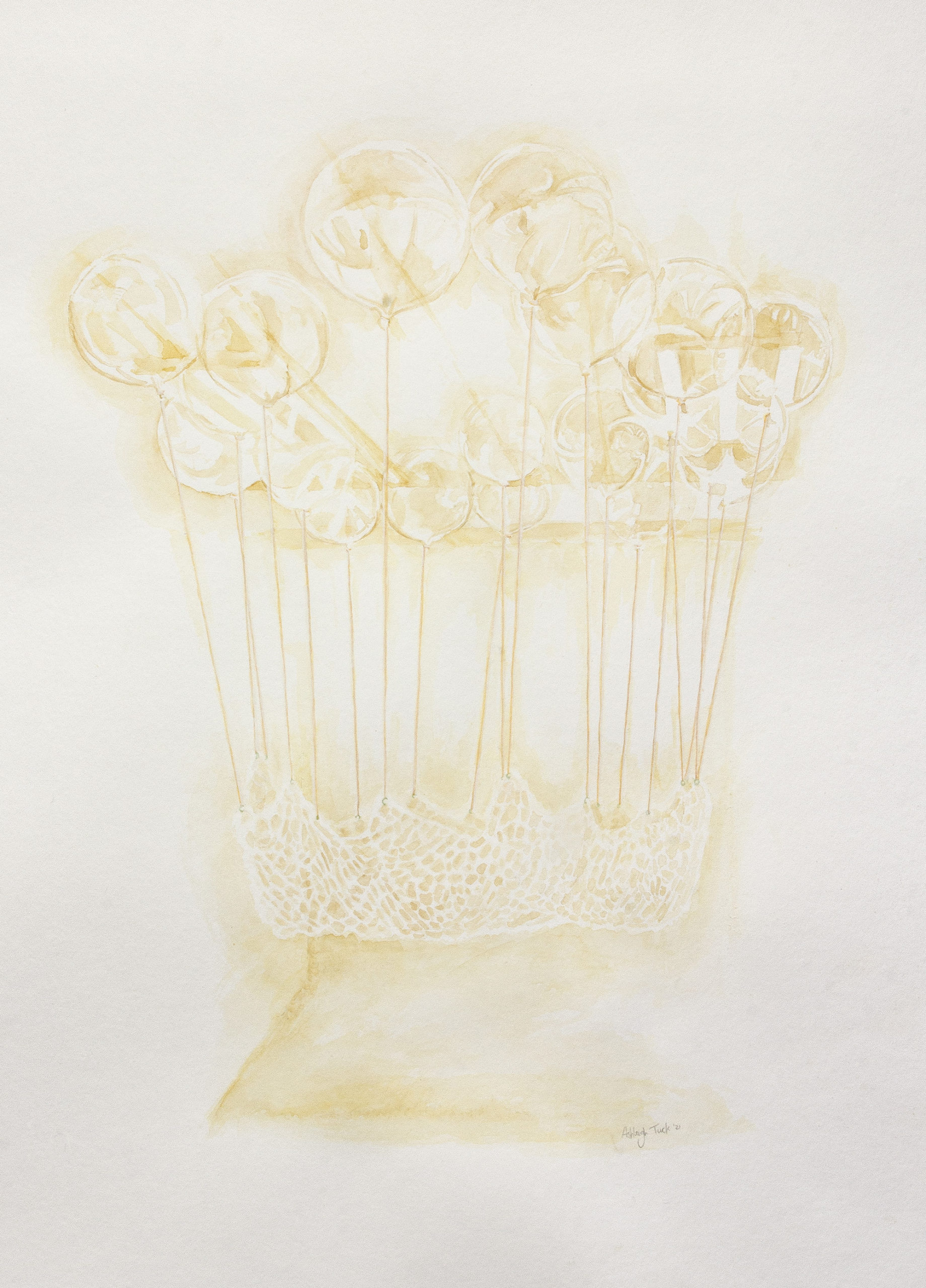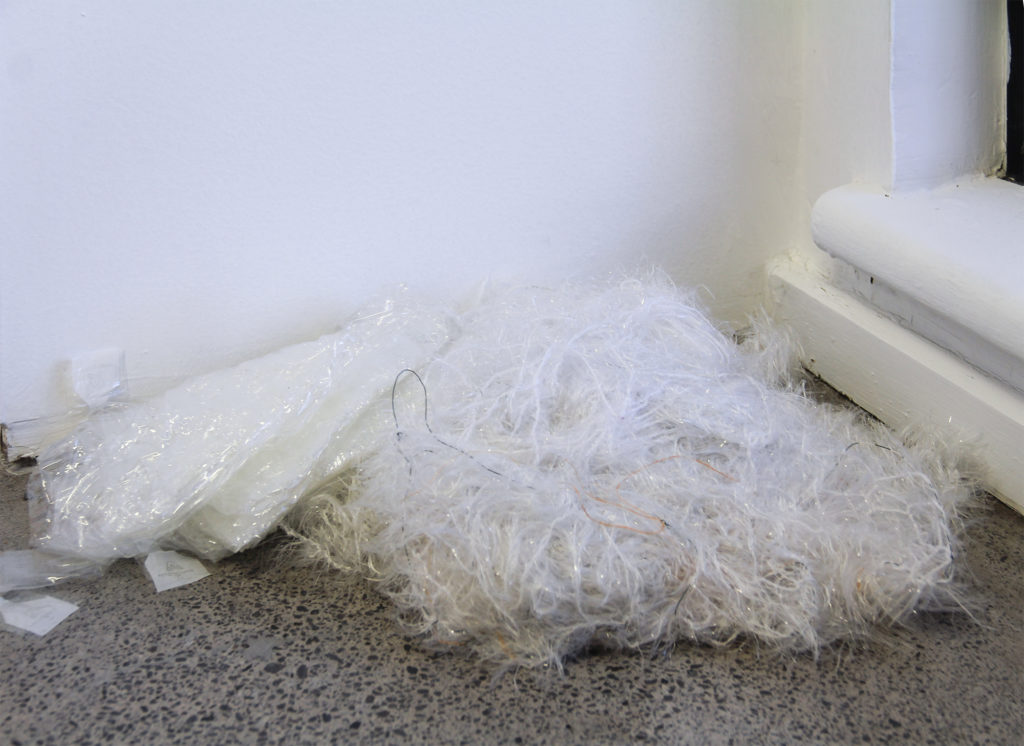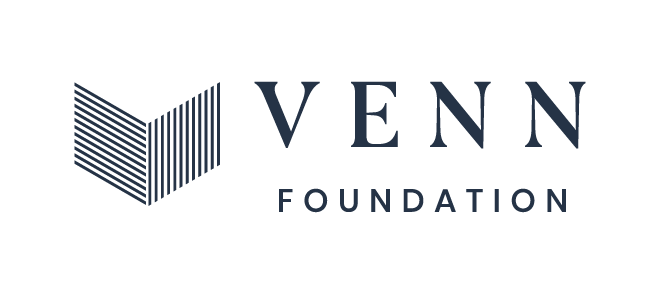16 Apr The Work of Art
Ashleigh Tuck is an alumna of the Residential Internship (2013) and is currently completing her honours year for her Bachelor of Fine Arts at Whitecliffe College of Arts and Design. For her final project in 2020, Ashleigh created an installation titled “Apocalypse Now 2020.” The installation, made of a woven white wool net held up by clear helium balloons, explored the idea of material and immaterial realms. She hoped to challenge our philosophical notions of knowledge and of work, affirming the ways simple rhythms and actions (like sewing) can hold their own type of knowledge in the world. Here, Ashleigh has drawn and painted her installation and offered a small description of her own craft of art making and its inherent value, even if it might not offer obvious practical skill or knowledge in the world.

Weaving has a rich history across the world. It was generally a highly valued skill because of its very practical and needed end products: baby slings, fishing nets, carry bags, and clothing. I, on the other hand, as an art maker, spend endless hours weaving fluffy, floating entirely impractical ideas. I often describe my art practice as “playing”; I spend a lot of time thinking about ideas and a lot of time making stuff. The thinking and the making flow together and apart, in a similar way to weaving: looping around each other, building layer by layer, held together by tension and gaps.
Sometimes my own art-making feels like it belongs to the long tradition of weaving and sewing, like it is intensely important and needed. Other times, it feels completely useless. I spent a year working towards a show that included this large circlet of weaving, which was then suspended by helium balloons (as seen in the drawing); three wire headband structures that held up an intricate piece of weaving above the wearer’s head; and a small section of stitched together, deflated balloons. It was on display for a single day. A couple of hundred people came through the show. One person told me it was her favourite piece of the whole show (thank you), and the other day, one of my lecturers told me he “actually quite liked how it turned out.” But now, the works are in pieces and piles, deflated, squished, and scattered, between my studio, car, and room. I am not sure what they did really. How do I judge the value of my labour, and why do I feel the need to do so?

Crafts like weaving and sewing are only learnt through doing and practice. When I started, I would repeatedly chant “over-under-around,” although only my fingers understand how those words track with the actual motions. Muscle memory allows a skilled weaver’s fingers to wrap around, under, and through without consciously thinking. This suggests physical and embodied forms of knowledge. In spending hours and hours hand weaving, not only has my body learnt the pattern of weaving, but my hands know exactly how the wool I used will respond to each tug and twist. I almost feel that blindfolded I could find the colour of wool I used from among the many as if my body could innately sense the way light were interacting with the materials.
The process of making this work has shaped how I am in the world. It has reframed my approach to knowledge and work. I have always admired people who think deeply and do “smart jobs” and those who choose “practically” helpful work, but it seems I have instead chosen work that involves spending most of my time thinking (quite unoriginal) thoughts and making objects and experiences that are temporary and fleeting. I still wrestle with this occasionally, because, in a way, the work of making art feels self-indulgent. For now, I have found two antidotes. The first is spending my grocery money on art materials. The second is recognising that I have never felt more alive than when these ideas and materials come together into something that has the potential to resolve, re-integrate, and re-order the way I and others think about and work within the world.
(Images: Ashleigh Tuck, 2021)

